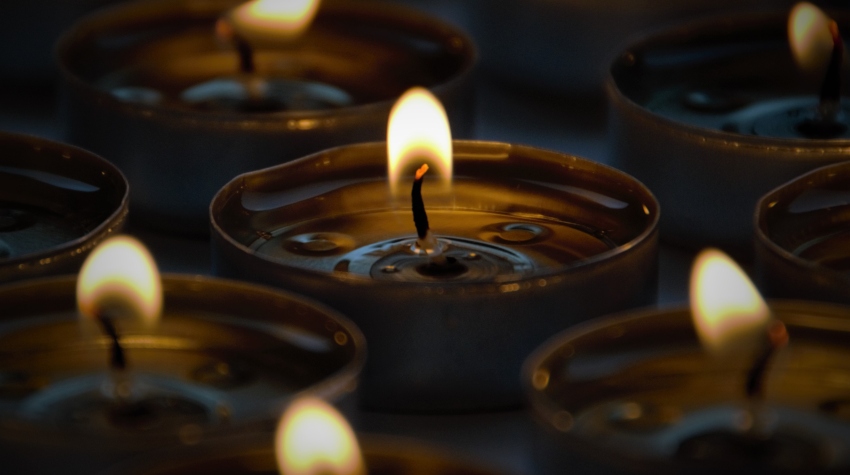
The massive and destructive wildfires in Northern California from the past few years were sadly not the last of their kind or something that is out of the ordinary going forward. And due to this, PG&E has announced plans to start selectively shutting off power to selected areas during extreme weather. But the term extreme weather is highly subjective.
Their website says they’ll try to give us 48 hours warning… but tell that to my friend who had planned a Game of Thrones finale viewing party; and had to find a new venue with less than an hour’s notice!
PG&E Rolling Blackout/Power Outages will be regular occurrences
PG&E has been at the center of the firestorms, literally and figuratively, as investigations revealed the utility’s power lines were the cause of multiple deadly fires in Northern California, including the Wine Country fires in October of 2017. Rolling power outages from San Francisco to San Jose are a possibility this wildfire season, according to recent emails many of us have received from PG&E.
An article from NPR goes into deep detail about what this may or may not mean for all of us. To summarize:
- In 2018, the public safety power shutoff program affected up to 570,000 customers. This year, the company plans to include its entire 5.4 million electric customer base in the shutoff program.
- The mitigation plan submitted to California regulators claims that PG&E will only turn off power as a last resort.”
- “Shutting off the power will likely be necessary and may need to be performed more frequently due to extreme weather events and dry vegetation conditions.”
What people are saying bout PG&E outages
On the wildfire danger mitigation front; I think we can all agree. But going back to last Sunday night – a mildly rainy and windy evening – I wonder if this is a new option that will be used when it is convenient to the utility more than to its customer base.
A survey of San Francisco and East Bay residents who concur with my South Bay perspective. “I think it’s a good move and a very selfish move in the long run. It definitely benefits PG&E,” Adiaya Kushwaha, who has lived in San Francisco for three years.
“I mean, I understand keeping people safe. But at the same time, keeping people of San Francisco safe, we need lights,” said Aja Latham, an Oakland native.
There are high voltage lines that supply electricity to San Francisco that run under the Bay and there are also some that come up the peninsula. PG&E says if the East Bay lines go down, it could cause a domino effect, knocking out power completely. In previous statements, PG&E said their top priority as always been to keep the power on to its customers, so long as it is safe.
What can you do to deal with upcoming Outages?
In addition to bookmarking the “Find and Report Outages” page on PG&E Website to stay in the know; you have the choice to be proactive.
You may remember our friend Melissa who needed a “full circle” solution before they were ready to go solar. In short; they thought it made sense to have the EV and battery option before generating plentiful power on their roof.
Even if Tesla’s Powerwall proves elusive, overall, the availability and capability of backup batteries are rising rapidly, even as the prices fall.
Last weekend; in the midst of the late spring rain; we were able to install a full array of batteries to support the solar generation at a clients house. Their decision to go solar was made around helping the planet, but also to dramatically reducing their PG&E bill. (It’s an absolutely gorgeous new home, incredible architectural design, and they still put the panels on the front.) Their decision to upgrade with batteries was mainly to avoid the hassle of the planned power outages this summer and also to use the stored power during peak rate times.
It used to be that people would invest first in solar; then perhaps the battery backup.
With the movement from tiered rates to time of use, and of course the looming threat of outages – we have a theory that our company may get to help more and more people with energy storage as they make their move to manage and generate their own power.
